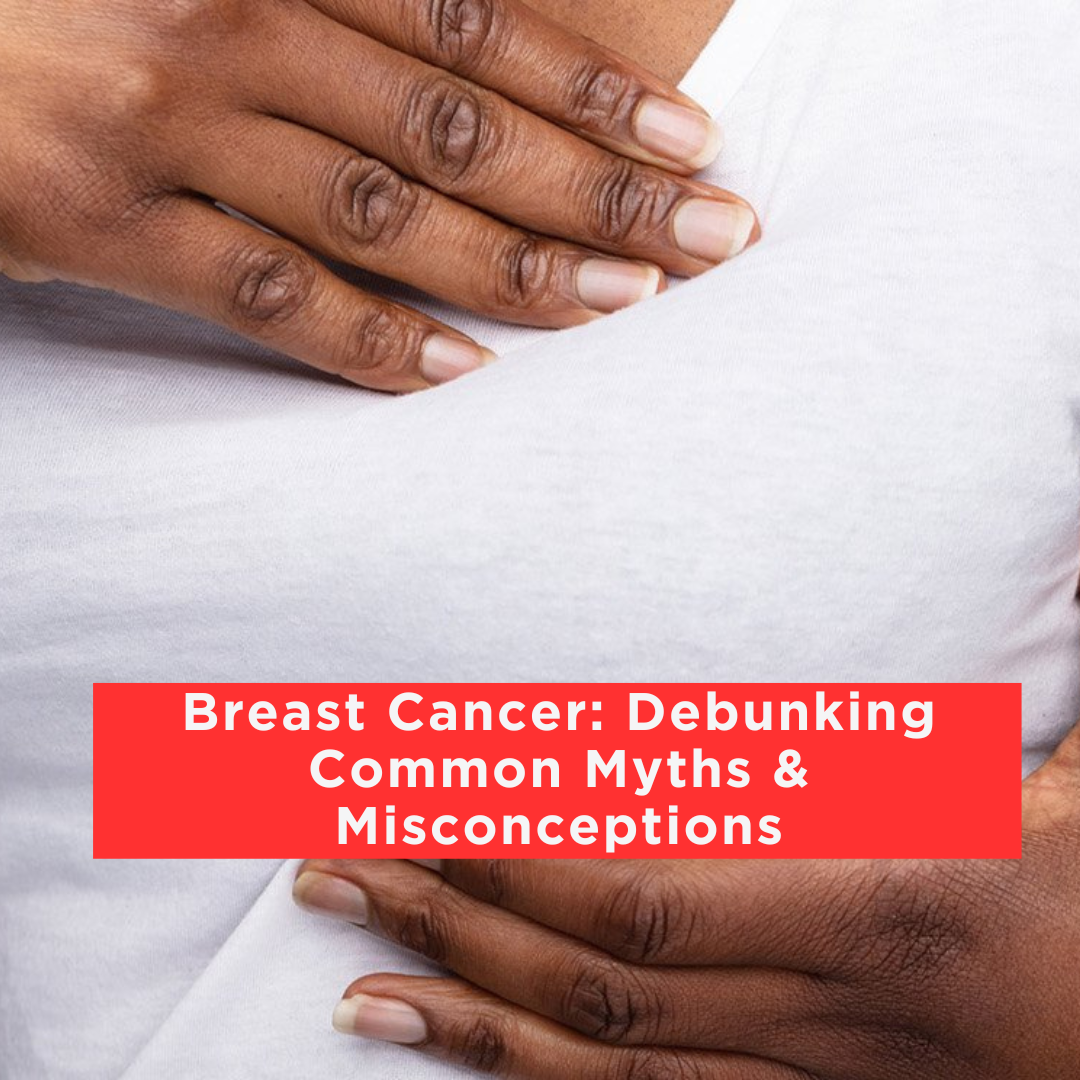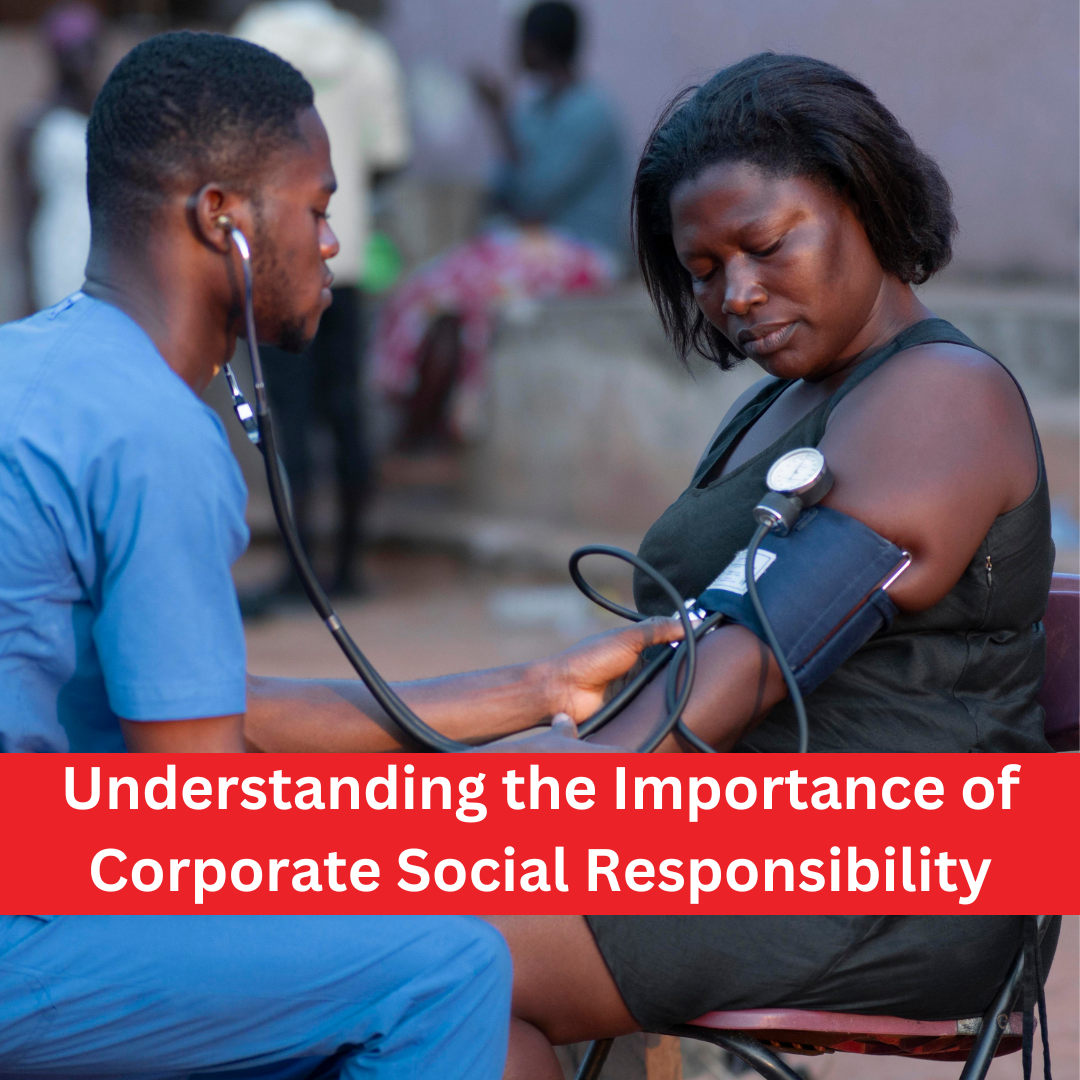Breast cancer remains one of the most prevalent cancers worldwide, affecting millions of women. As we observe Breast Cancer Awareness Month in October 2023, it is essential to address myths and misconceptions surrounding this disease. As defined by the US Centers for Disease Control and Prevention, breast cancer is a cancerous condition that arises from the cells located in the breast. It occurs when abnormal cells in the breast begin to grow uncontrollably, forming a lump or mass of tissue called a tumor.
The majority of breast cancers are diagnosed in women over the age of 50, and these cancerous cells can invade nearby tissues and, in some cases, spread to other parts of the body through the bloodstream or lymphatic system. There are several types of breast cancer, and they can be classified based on the specific cells or tissues within the breast where the cancer starts.
Related post: The startling truth about breast cancer: what you need to know
In Nigeria, cancer claims over 70,000 lives annually, with 28,414 men and 41,913 women affected. The most prevalent cancers are breast (25.7%), cervical uterus (14.6%), prostate (12.8%), non-Hodgkin lymphoma (5.3%), and liver (5.0%). Leading in mortality are breast cancer (18.6%), cervical uterus (16.8%), prostate (9.4%), liver (8.3%), and non-Hodgkin lymphoma (6.0%). Currently, breast cancer ranks as the deadliest, followed by cervical and prostate cancers.
For many, especially in Nigeria, a cancer diagnosis is perceived as a death sentence, and the financial burden of accessing care as well as the lack of facilities are faster killers than the cancer cells. There are over 30 types of cancer that have been reported in Nigeria, out of the over 120 types of cancer known to the world today. In 2020 alone, Nigeria recorded 124,815 new cases, with breast cancer making up 22.7% of the total number of new cases in Nigeria, followed by prostate cancer at 12.2%.
Is it a life-threatening condition, and does it exclusively impact women? Let’s debunk some common myths and misconceptions surrounding breast cancer and provide you with the facts to promote a better understanding of breast cancer.
Myth 1: Breast cancer only affects women and not men.
Despite this misconception, it is important to note that men can also develop breast cancer, even though the occurrence is relatively rare. Men should engage in regular breast self-examinations and promptly inform their healthcare provider of any changes. Awareness levels among men are typically lower, which can result in delayed treatment and increased mortality rates.
Myth 2: Breast injuries are the cause of breast cancer.
Breast injuries, such as those from accidents or blows, do not cause cancer. They may lead to pain, bruising, or bleeding, resulting in conditions like hematomas or fat necrosis. Occasionally, a breast cancer diagnosis may follow an injury, but the injury itself does not cause cancer. It is important to inform your doctor of any prior injuries or unusual breast changes.
Related post: Causes-of-cancer
Myth 3: Only older women are at risk of breast cancer.
No, younger women can also get breast cancer. While the risk increases with age, women of all ages need to be aware and perform regular self-exams.
Related post: How to prevent cancer in your 40s the 11 best ways
Myth 4: Individuals without a family history of breast cancer are immune to its occurrence.
Most people diagnosed with breast cancer have no known family history of the disease. While some cases are hereditary, comprising only 5–10%, the majority of breast cancers result from factors like environment and lifestyle. The primary risk factors are gender and aging. Healthy breast cells can develop mutations over time, leading to cancer. However, if you have a strong family history of breast cancer, do consult your doctor.
Myth 5: Under-wired bras can cause breast cancer.
Bras, including those with underwire, do not cause cancer. There is no scientific evidence supporting the myth that underwire bras restrict lymph fluid flow. Finding a well-fitting bra that suits your comfort is crucial, regardless of whether it has underwires.
Myth 6: Carrying a phone in your bra can cause breast cancer.
While it’s not the most comfortable choice, carrying your cell phone in your bra does not cause breast cancer. Studies have found no link between phone use and cancer. To prevent potential skin issues, it is recommended to store your phone in a bag, purse, or pocket.
Myth 7: An X-ray can cause breast cancer or spread it.
Mammograms, or breast X-rays, are essential for early breast cancer detection. Breast compression during mammograms does not cause or spread cancer. Tighter compression yields clearer images. The radiation exposure in mammograms is extremely low and poses minimal risk. Follow your physician’s recommendations for mammographic screenings, typically starting at age 40.
Myth 8: Antiperspirants and deodorants cause breast cancer.
Researchers at the American Cancer Society have found no conclusive evidence indicating a causal relationship between the use of underarm antiperspirants or deodorants and the onset of breast cancer.
Myth 9: Deodorants and bras cause breast cancer.
No scientific evidence supports the idea that using deodorants or wearing bras can cause breast cancer.
Myth 10: A lump equals breast cancer.
While lumps can be a sign of breast cancer, not all breast lumps are cancerous. Many benign conditions can also cause breast lumps.
Myth 11: Breast implants prevent early detection.
While breast implants can make mammograms more challenging to interpret, specialized techniques are used to ensure accurate screening for women with implants.
Myth 12: You can’t get breast cancer if you lead a healthy lifestyle.
While a healthy lifestyle can reduce the risk of developing breast cancer, it’s not a guarantee. Genetics and other factors also play a significant role.
Myth 13: Breast cancer is always a death sentence.
The survival rates for breast cancer have experienced substantial improvement as a result of early detection and advancements in treatment. Many women go on to live long, healthy lives after treatment.
Related post: Preventing-cancer: Our responsibility as a global community
Lack of early diagnosis and, as a result, early detection of breast cancer increases the burden of the disease in Nigeria. Mammography, a form of X-ray of the breast, can detect growth or changes in the breast that are still so tiny as not to be felt by hand examination by even an expert. Mammograms also have a rate of false negatives. Estimates of the false negative rate depend on the close follow-up of many patients for many years. This is difficult in practice, particularly in Nigeria, because many women do not return for regular mammograms, making it impossible to know if they ever developed cancer.
At Medbury Labs, a division of Medbury Healthcare, we specialize in conducting crucial cancer screenings. Our services include mammography and breast ultrasound scans, two essential diagnostic tests used for the early detection of breast cancer. These screenings are vital steps in ensuring timely medical intervention and improving the chances of successful treatment.
Your health is our priority, and we are here to provide you with the best care possible.
Contact us today!








No Comments